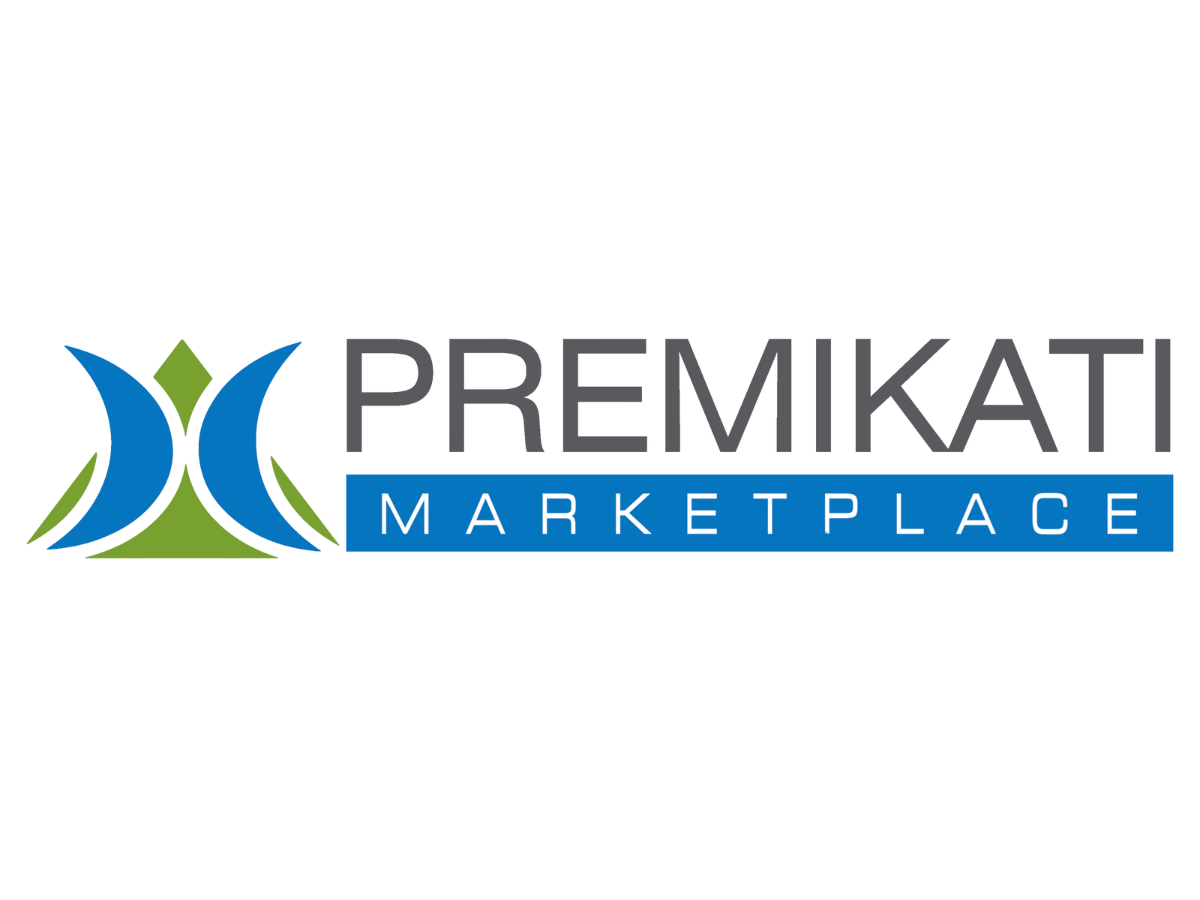Public Sector Procurement Pitfalls
Public sector procurement is inherently complex, often involving multiple layers of regulation, oversight, and accountability. Addressing common procurement pitfalls proactively can significantly enhance operational efficiency, compliance, and public trust.
Here are some critical procurement challenges public sector organizations frequently overlook and why addressing these matters profoundly:
Regulatory Compliance and Bureaucracy
Navigating the maze of procurement regulations can be exceedingly challenging for public sector entities. While strict adherence to procurement laws is indispensable to avoid legal ramifications, excessive bureaucracy can create bottlenecks, reducing agility and responsiveness.
Key issues often encountered include:
Complex and overlapping procurement guidelines.
Extensive approval processes involving multiple departments.
Frequent regulatory changes, making compliance difficult to maintain consistently.
These bureaucratic hurdles can significantly slow down procurement activities, delaying project timelines, increasing administrative costs, and ultimately impacting service delivery to the public.
Transparency and Accountability
Public sector procurement demands high transparency to maintain trust and legitimacy. However, achieving genuine transparency can prove elusive, resulting in misinterpretations or accusations of favoritism, corruption, or fraud.
Typical transparency pitfalls include:
Lack of clear and accessible documentation of procurement decisions.
Limited stakeholder engagement in the procurement process.
Inadequate communication regarding procurement policies and outcomes.
When transparency suffers, public trust deteriorates, leading to increased scrutiny, potential legal challenges, and negative perceptions that hinder organizational effectiveness and legitimacy.
Budget Constraints
Budget constraints remain one of the most pressing issues in public procurement. Entities frequently face pressure to reduce expenditures, yet the expectation for maintaining high service quality remains unchanged. This tension often leads to compromises in procurement decisions.
Common budget-related problems include:
Purchasing lower-quality goods or services due to financial limitations.
Difficulty achieving economies of scale because of fragmented purchasing activities.
Reduced negotiating power with suppliers resulting in less favorable contract terms.
Such financial constraints not only impact service quality but may also result in higher long-term costs due to increased maintenance and replacements, ultimately undermining the organization's fiscal responsibility.
Resistance to Change
Change management is notoriously challenging in the public sector, particularly when it involves adopting new procurement technologies or methodologies. Staff who are accustomed to traditional practices may resist transitions, slowing or even derailing modernization initiatives.
Typical barriers to change include:
Reluctance from employees comfortable with existing processes.
Lack of adequate training to facilitate transition to new systems.
Insufficient leadership support to champion and drive change initiatives.
Persistent resistance to change maintains inefficient, error-prone practices and prevents public sector organizations from realizing the full benefits of modern procurement solutions.
Staffing and Skills Gaps
Skilled procurement personnel are vital for effective operations. Unfortunately, the public sector frequently experiences shortages in skilled procurement professionals, leading to inefficiencies, compliance issues, and suboptimal outcomes.
Key staffing challenges are:
Difficulty recruiting and retaining qualified procurement professionals.
Limited opportunities or budget for ongoing professional development.
Overburdened staff lacking specialized procurement knowledge or skills.
Staffing inadequacies result in procurement mismanagement, regulatory violations, and missed opportunities for cost savings and innovation.
Strategic Solutions to Overcome Procurement Pitfalls
Effectively addressing these challenges requires deliberate strategic initiatives. Public sector organizations can enhance procurement processes by:
Simplifying procedures to reduce bureaucracy and streamline workflows.
Implementing robust and transparent documentation systems accessible to the public.
Investing in scalable procurement technologies designed specifically for public sector needs.
Prioritizing ongoing staff training programs to build procurement expertise.
Encouraging strong leadership to champion procurement innovations and effectively manage change.
By actively identifying and addressing these procurement pitfalls, public sector organizations can significantly improve operational efficiency, regulatory compliance, transparency, and public satisfaction, ultimately delivering greater value to their communities.
